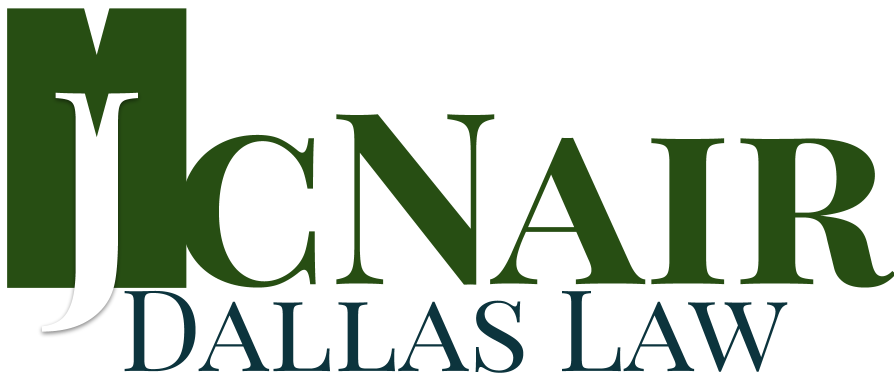The person who holds a life estate, is known as the life tenant. He or she is entitled to live in and use the properly as they see fit. However, they don’t have the right to sell or transfer the property to someone else.
Realty Biz News’ recent article entitled, “What is a Life Estate and How to Use It,” explains that a recorded deed will reference that a property is a life estate and name the life tenant. Once the life tenant passes away, the property passes to the remainderman—those who will inherit the property after the life estate ends. Let’s look at some of the reasons why someone might want to have a life estate:
Estate Planning. By transferring property into a life estate, the original owner can ensure that the property will pass to a designated beneficiary without probate. It can be particularly useful for people who want to avoid the time, expense and complexity or the probate process.
Asset Protection. The original owner can protect the property from creditors and other potential liabilities by transferring the property into a life estate. This is useful for those in high-risk professions or with significant debts or legal issues.
Family Dynamics. A life estate can also be used to address family dynamics and ensure that everyone is taken care of. For example, a parent might create a life estate to ensure that their adult child can live in the family home for the remainder of their life without giving them outright ownership of the property.
Tax Planning. By transferring property into a life estate, the original owner can reduce their taxable estate and potentially lower their estate tax liability. This can benefit individuals with large estates who want to minimize their heirs’ tax burden.
When a life estate is created, the property is divided into two parts:
- the life estate; and
- the remainder interest.
The life tenant has the right to use and enjoy the property during their lifetime. The remainderman has the right to inherit the property after the life estate ends.
Remember, with a life estate; the ownership is broken down into possession and ownership. The life tenant has possession and ownership until they pass away; the remainderman has ownership only. When the life tenant passes away, the property passes to the remainderman, who becomes the new owner. The remainderman has the right to sell, transfer, or otherwise dispose of the property as they see fit.
If a life estate sounds like a good solution for your family, contact our office to get the process started.
Reference: Realty Biz News (March 20, 2023) “What is a Life Estate and How to Use It”




